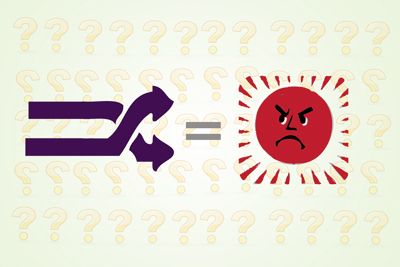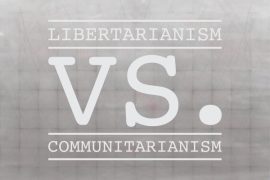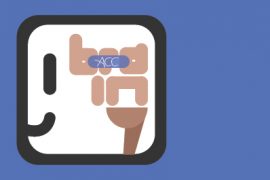
A common occurrence that we happen to see more and more of, especially in the digital age, is the popularization of conspiracy theories and, of course, the conspiracy theorists behind those theories. While this type of phenomenon is anything but new, the Internet and the availability of so many tidbits of information across the web has allowed conspiracy theorists to draw parallels and connect dots (for better or worse, be it true or false). While I do not intend to focus on the phenomenon of conspiracy theories, and the mindsets that set about to create them, I’d like to focus on the mechanism and methodology that they use to come up with their assumptions and conclusions.
Drawing on the largely unknown, or little known, conspiracy theorists connect pieces of information that would otherwise never be connected and attempt to draw a logical line between them – again, I’m not here to debate the truthfulness of this method or to condemn it either; however, the process of creating a space that would otherwise –naturally- wouldn’t exist creates a gap of knowledge for the viewer. That gap, then, for the viewer, becomes an area of little expertise and knowledge; and without that knowledge, it is thrown up in the air to be tossed around illogically, completely subject to interpretation. What this process shows us is that in the event that the viewer or reader was more knowledgeable about that ‘gap’, the importance of the interpretation process would have been largely reduced in place of logic and evidence.
Now, let’s take this a step further. Any surviving species, by its nature, tends to gravitate towards the negative, the skeptical, and the cautious before digesting the information and potentially turning towards the positive. This isn’t a far-fetched idea; if we take two human (or non-human, for that matter) characters in the wild, both at the danger of being attacked by a dangerous animal, and one of them initially gravitated towards the negative while the other tended to begin with the positive. The negative-first individual would think “I better be careful and take precaution”, while the other individual would think “don’t worry be happy” and would likely not survive. So, in essence, it is within our nature to question first and give faith second.
Now take those two fundamentals together: the unknown being always up for interpretation by the individual and our negative-first nature, we end up with a dangerous concoction. This combination can be behind the anger, rage, and sometimes violence that we find with societies and communities rebelling against an idea, thought, or even the state. If a person is unsure as to where his or her future lies, he or she then tends to formulate opinions and ideas about where the person in charge of his or her future would like to guide them – and as shown, that tends to be negative more often than positive.
Enter transparency. The way to eradicate this extremely unpredictable and unstable state is to state intentions clearly, early, and without hesitation or much deliberation. Nothing eases an uneasy mind like confirmation of information. Ask any person that was going through an end of a relationship how they felt before they got closure; it’s a terrible state to be in, not knowing where you stand, what is next, and where the mindset of your counterpart lies. And yet, once closure comes through, even as hard is it may be, it gives us the ability to solidify our thoughts and feelings with the issue and move past it.
I find that, in my daily life, be it with personal relationships or professional – the practice of stating things outwardly benefits me greatly. People are comforted by dealing with me and the game of politics is thrown in the bin – right where it belongs.




nice article and true words 🙂